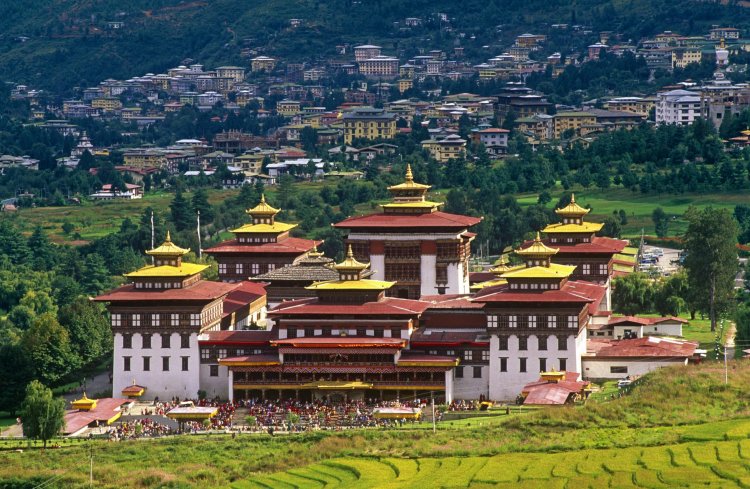China Claims Bhutanese Territory to Coerce India
STORIES, ANALYSES, EXPERT VIEWS

Bhutan and China do not maintain diplomatic relations, and ties have been historically tense. With a 470 kilometre border, there are reports of China encroaching upon Bhutanese territory since 2015.
China announced that a new village, called Gyalaphug in Tibetan or Jieluobu in Chinese, had been established in the south of the Tibet Autonomous Region (TAR), says Robert Barnett, the author of the investigative Foreign Policy report.
It was revealed from the Foreign Policy (FP) report on May 7 that China is building three villages (including Gyalaphug), “66 miles of new roads, a small hydropower station, two Communist Party administrative centers, a communications base, a disaster relief warehouse, five military or police outposts, and what are believed to be a major signals tower, a satellite receiving station, a military base, and up to six security sites and outposts,” all in Bhutanese territory.
China’s unilateral construction of roads, settlements and buildings within Bhutan’s territory contradicts the 1998 peace agreement signed by the two countries. That agreement promised to “maintain peace and tranquillity on the Bhutan-China border areas.” The agreement was groundbreaking because of China’s explicit acknowledgement of Bhutan as a sovereign country.
China occupies 495 square kilometers of Bhutanese territory in the Beyul Khenpajong and Menchuma Valley area. “Given its incomparable importance for the Bhutanese and for Tibetan Buddhists in general, no Bhutanese official would ever formally relinquish this area to China, any more than Britain would yield Stonehenge or Italy Venice,” according to FP.
It has never been a Chinese area, and China’s claims are groundless. Reportedly, in the political talks China has said it is willing to give back the part of Beyul Khenpajong it has occupied to Bhutan in exchange for another 269 square kilometers of disputed areas ~ Doklam, Charithang, Sinchulungpa, Dramana, and Shakhatoe ~ in western Bhutan. Those areas are far away from Beyul Khenpajong, but close to the China-Bhutan-India border, and their control would offer to Beijing a decisive military advantage to threaten India.
In 2017, Beijing’s attempt to build a road in the Doklam plateau, a trijunction between India, China and Bhutan, was met with a 73-day faceoff between Chinese and Indian troops.
P K Vasudeva (retired Senior Professor of International Trade and a member of the Vivekananda International Foundation, New Delhi), believes “China is likely get Doklam heights from Bhutan through coercion in exchange for Gyalaphug being a Bhutanese religious place that will not be in the interest of India.”
The objective of China, in the view of Vasudeva “is to force the Bhutanese government to cede territory that China wants elsewhere in Bhutan to give Beijing a military advantage in its struggle with New Delhi as per the Foreign Policy report.”
India therefore, “has to strategise its future course of action by posing an aggressive posture in support of Bhutan, even if it is against its wishes.”
















